How much Manila spent for favorable ruling?
Updated: 2016-08-02 07:53
By Wang Hanlin(China Daily)
|
||||||||
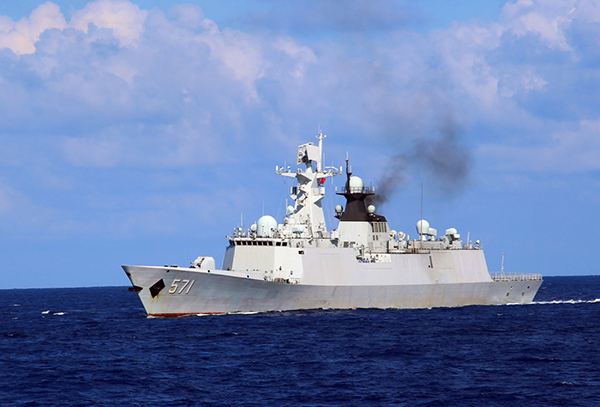 |
|
Missile destroyer Guangzhou launches an air-defense missile during a military exercise in the water area near south China's Hainan Island and Xisha islands, July 8, 2016. Chinese navy conducted an annual combat drill in the water area near south China's Hainan Island and Xisha islands on Friday. [Photo/Xinhua] |
The controversial ruling of the arbitral tribunal, initiated by the Philippines in the South China Sea dispute case, is in trouble again. And this time, it is not because of China's protest but because Filipinos are questioning why such a huge amount was spent on the arbitration.
According to former Philippine president Gloria Macapagal Arroyo's spokesman Rigoberto Tiglao, just the attorney fee in the case was $30 million. The Philippines' Constitution says it is mandatory to maintain records of government funds and how they are spent. But there is no record of the attorney fee or its source.
A former senator of the Philippines, Francisco Tatad, suspects the administration of former president Benigno Aquino III that initiated the case kept the Philippine people in the dark about the facts of the arbitration. He wonders whether some foreign country funded the arbitration case.
How much did the South China Sea arbitration case cost? Who paid the money? And who received it? Heated discussions on these questions have been raging in the Philippines. The questions have drawn the attention of the international community, too, because $30 million is not a small amount for the Philippines or any other country.
All the arbitral tribunal's services were clearly priced. During the trial, the standing arbitral tribunal that provided secretarial services, space and equipment for the process charged about $3.13 million. And since China refused to participate or recognize the arbitral tribunal or its ruling, the Philippines had to pay all the money. For example, the registration fee for secretarial services was €2,000 ($2,216) and the rent of the arbitral hearing rooms in The Hague Peace Palace was €1,000 a day, and the rent of a whole set of office equipment was €1,750 a day.
But Manila has not yet revealed how much money it paid to the arbitrators and witnesses, although the $30 million attorney fee gives an indication of the total amount of money spent on the entire arbitration process. And since the final award of the tribunal went overwhelmingly in favor of the Philippines, which is rare in international jurisdiction and arbitration history, one would be justified in questioning the impartiality of the entire arbitration process. Was the ruling delivered in Manila's favor because it paid millions of dollars to the arbitrators?
All these make it important for Manila to disclose how much money it actually spent on the arbitration case, more so because it proclaims the award's legitimacy and significance.
Tiglao hit the nail on the head-saying $30 million was paid as attorney fee-in his article published in the Manila Times on July 15. The United States, Japan and some other countries and international organizations reportedly put in considerable amounts of money and energy in pushing forward the South China Sea arbitration case. The down payment of the tribunal came from some agencies associated with the US. Tiglao also said the arbitration tribunal gave the US an excuse to intervene in the South China Sea disputes, prompting the US State Department and Central Intelligence Agency to reimburse Manila the legal fare and attorney fee.
So far, the arbitration has not benefited Manila. In fact, what it has got in exchange for spending millions of dollars is just a piece of scrap. The South China Sea arbitration farce should come to an end and the mess it has created cleared. The Philippine government should make public its financial accounts related to the tribunal to not only answer the questions of its own people but also address the international community's concerns.
The author is a researcher in maritime law and affairs at the Chinese Academy of Social Sciences in Beijing.
- From hunting wild fruits to satellite dishes: Life of Myanmar returnees
- World's first panda-themed subway line runs in Chengdu
- Minister: PLA to firmly protect maritime rights
- China raises alert level ahead of Typhoon Nida
- Japanese suspect detained in security inquiry
- Xi: Disaster relief must be improved
- Powerful blast rocks Afghan capital amid darkness
- Tokyo elects 1st female governor
- 450th Old Bridge diving competition held in Mostar
- S. Korea to launch WWII 'comfort women' victims foundation
- China to become Australia's biggest tourist source market
- Patient shoots, kills doctor in Berlin then kills himself
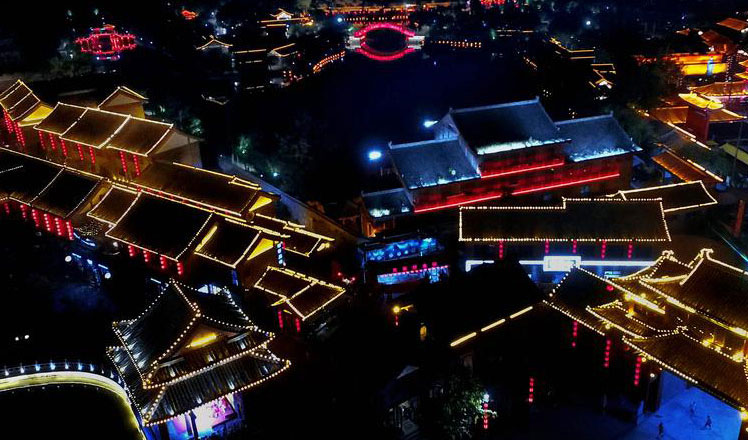
 Amazing night view of Kaifeng in Henan province
Amazing night view of Kaifeng in Henan province
 In pics: Women soldier carrying the flag
In pics: Women soldier carrying the flag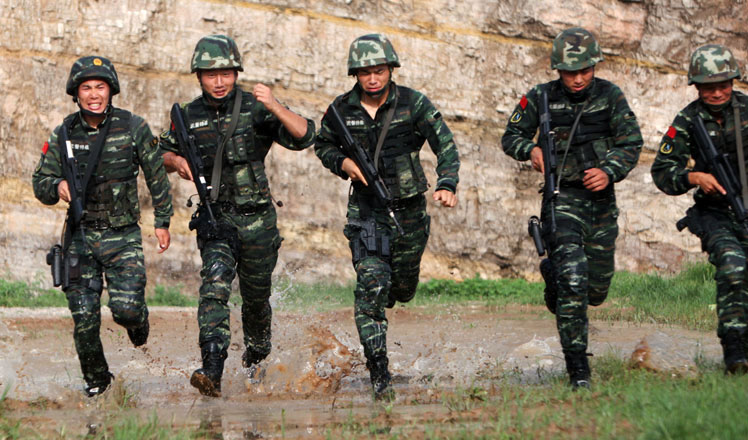
 Rough and tough world of soldiers' training
Rough and tough world of soldiers' training
 Moments from the 2016 Tour of Qinghai Lake
Moments from the 2016 Tour of Qinghai Lake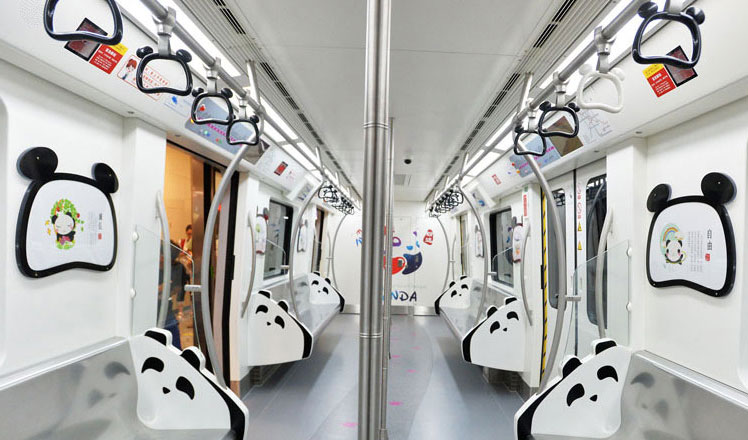
 Panda-themed subway line runs in Chengdu
Panda-themed subway line runs in Chengdu
 In pictures: Aerial images of Rio's Olympic venues
In pictures: Aerial images of Rio's Olympic venues
 Images reveal distinctive Tunpu culture in Guizhou
Images reveal distinctive Tunpu culture in Guizhou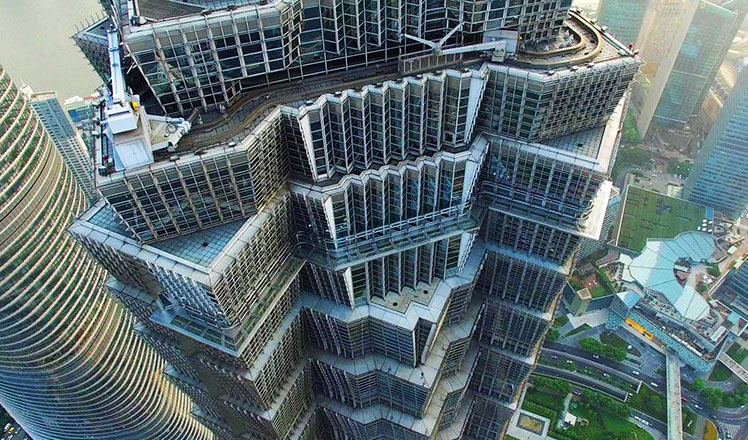
 Ten photos from around China: July 22 – 28
Ten photos from around China: July 22 – 28
Most Viewed
Editor's Picks

|

|

|

|

|

|
Today's Top News
Ministry slams US-Korean THAAD deployment
Two police officers shot at protest in Dallas
Abe's blame game reveals his policies failing to get results
Ending wildlife trafficking must be policy priority in Asia
Effects of supply-side reform take time to be seen
Chinese State Councilor Yang Jiechi to meet Kerry
Chinese stocks surge on back of MSCI rumors
Liang avoids jail in shooting death
US Weekly

|

|









